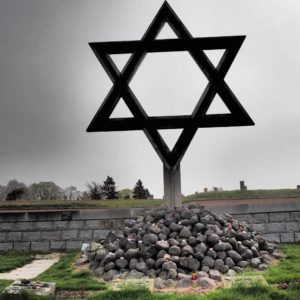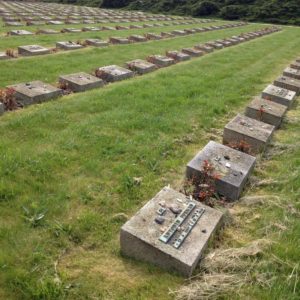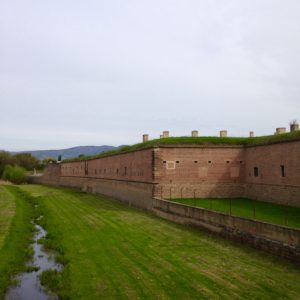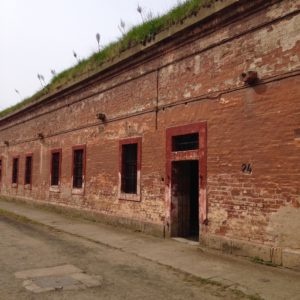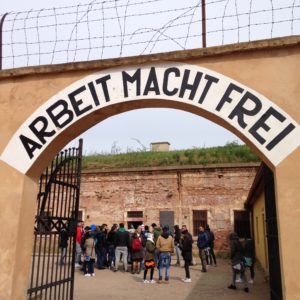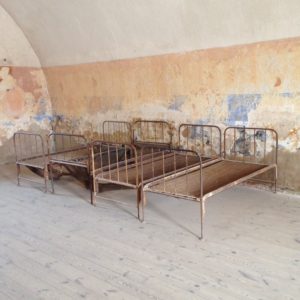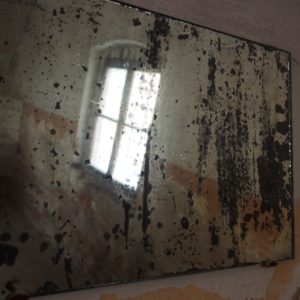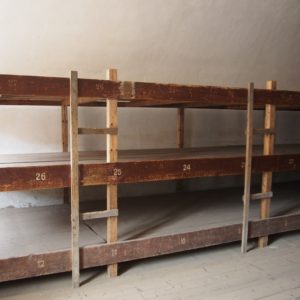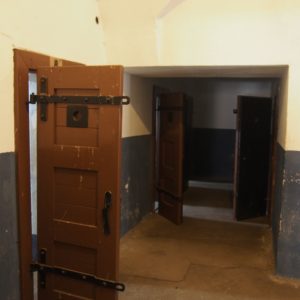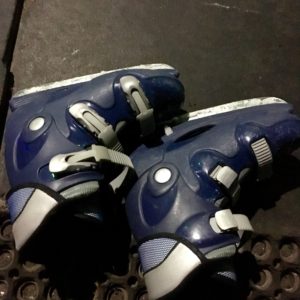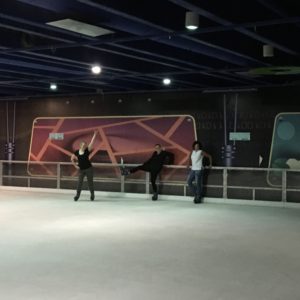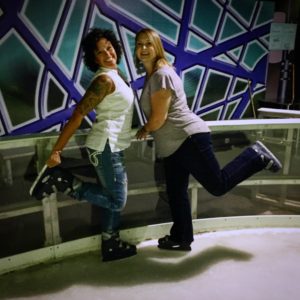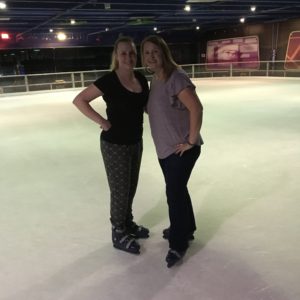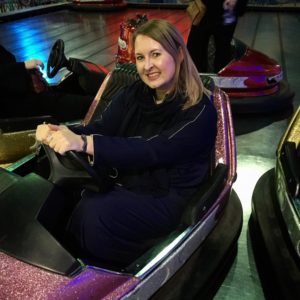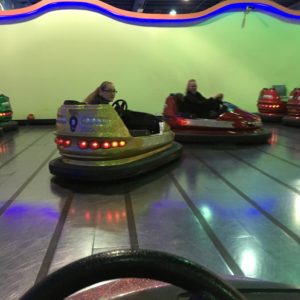Disclaimer: I wrote this post almost 10 days ago and never posted it. I was going to revise it for present day but reading it back I wanted to share my initial thoughts on the Camino because I think they’re relevant even though we’re now 3 weeks in and 300km from Santiago. So I’ll share them anyways…..
 So I’ve been on the Camino Frances with my dad for a little over a week- well actually 12 days now to be exact. We’ve walked well over 200km and we’ve walked without a rest day. Granted a couple of the days have been shorter- but still. We’ve walked 12 days straight. It has been both a physically and mentally hard journey thus far. Everyday a new part of my body aches. I’ve had blisters and bruises in various states of healing. Mentally it’s a challenge to get up some mornings. My brain wants to sleep in- to be honest my body wants to as well. But Santiago de Compostello is calling us. And so we walk. The scenery is stunning. Seriously it’s hard to describe it accurately. We get up before sunrise as the sun coming up is my favourite time of day. I love to see the start of each fresh day. The way the colours light up the sky as though an artist was painting with pastels. The sunrise is always behind us or to the side of us so we must make a concous effort to acknowledge it. To me this is the most precious part of our day.
So I’ve been on the Camino Frances with my dad for a little over a week- well actually 12 days now to be exact. We’ve walked well over 200km and we’ve walked without a rest day. Granted a couple of the days have been shorter- but still. We’ve walked 12 days straight. It has been both a physically and mentally hard journey thus far. Everyday a new part of my body aches. I’ve had blisters and bruises in various states of healing. Mentally it’s a challenge to get up some mornings. My brain wants to sleep in- to be honest my body wants to as well. But Santiago de Compostello is calling us. And so we walk. The scenery is stunning. Seriously it’s hard to describe it accurately. We get up before sunrise as the sun coming up is my favourite time of day. I love to see the start of each fresh day. The way the colours light up the sky as though an artist was painting with pastels. The sunrise is always behind us or to the side of us so we must make a concous effort to acknowledge it. To me this is the most precious part of our day.
Mentally my brain is mostly alternating between how gorgeous the scenery is or how much my knee, or hip, or toe is hurting. Otherwise my mind is pretty much blank. I hope that in the upcoming weeks I’ll put some issues to rest, make some decisions about which path my life is taking and forgive and say a final goodbyes to some unhealthy relationships that are no longer serving me. But if that doesn’t happen then that’s ok also. I don’t want to put any unnecessary pressure on this experience. I really just want to take each day for what it is. My dad and I have gotten along very well so far. We know when the other one is irritable and when to back off or not push an issue. We both just go with the flow. We have met some awesome people so far. People who started off as strangers but have quickly become friends.
Anyways here are a few of my observations for the first 12 days:
1. Hiking poles have saved my ass. There is no way I could’ve continued after getting blisters to both heels on the first afternoon. Walking uphill ( and trust me there is a lot of uphill) is pure torture. Poles help offset your weight and make it easier to hobble around. They will also save your knees on the downhill. I have found them to be tremendously helpful.
2. Staying at Orisson is essential if you’re at all concerned about your physical capabilities. Also that climb up from St Jean isn’t easy and you will taste the coldest beer of your life at Orisson when you arrive. They also put on an awesome dinner and you’ll make many of your Camino friends that first night!
3. I have complete and utter respect for anyone walking the Camino alone. This shit is hard. Walking with someone else helps motivate you when your mind keeps telling you “just sit on the couch and watch Netflix all day.” Or when you have a mental breakdown on a steep hill with no shade as each step causes your almost healed blisters to rip back open (true story involving a few tears.)
4. I’ve written about this before but it’s proved true on the Camino as well. Kindness begets kindness. On this walk (and in life) sometimes you need help and sometimes you have to step up to help others. We all rely on each other. I have witnessed sandals being lent to help ease the pain of blisters or things given to others out of charity. Sewing kits, band aids, blisters treatment remedies. People are willing to help- often you don’t even need to ask.
5. Many people will say that you carry the weight of your fears and worries on your back. This is especially true on the Camino. I am notoriously an over packer. I like to have the things I might need. I like to have different outfit choices. As a nurse I like to have medications for as many different ailments as my brain can dream up. The Camino is teaching me that I can live with so much less. 2 pairs of pants. 3 t-shirts. 1 long sleeve. 1 fleece jacket. 1 pair of PJs. 3 pairs of underwear. I don’t need much of the things I’ve convinced myself that I do!
6. The Camino is far from a fashion contest for realz. In normal life I’m fairly put together. I try to look nice. But on the Camino….that all flies out the window. I’ve been known to wear my pajamas during the day while the laundry is being done and then wander around a village. I wear socks with sandals (oh the horror) pretty much all the time. Nothing really matches and to be honest I could care less. My hair air dries-no hairdryer or straightener on the Camino and life is still ok! Who would’ve thunk it!?
So those are a few of my initial observations from the early stage of the Camino. Don’t fret- I’ve got loads of other thoughts coming!! Buen Camino!
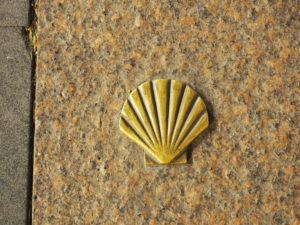
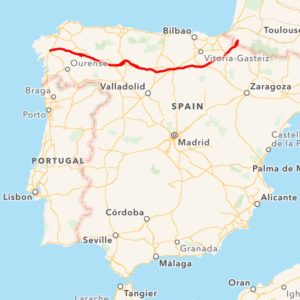
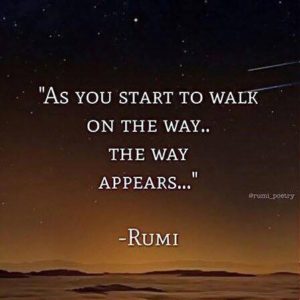
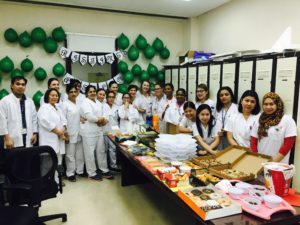
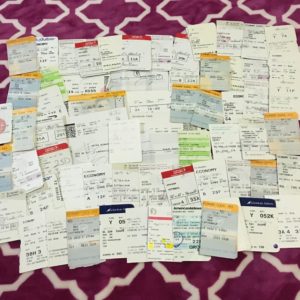
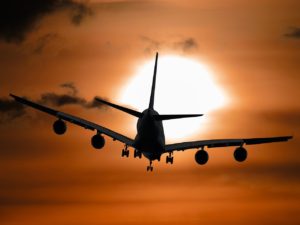
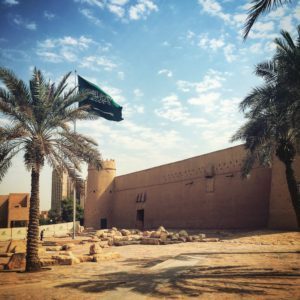
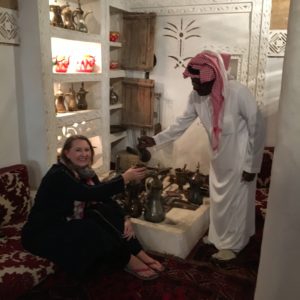
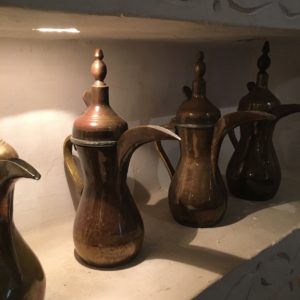

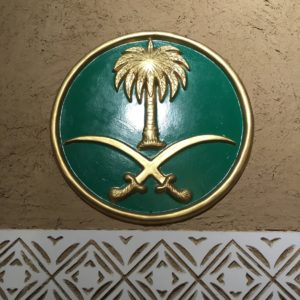
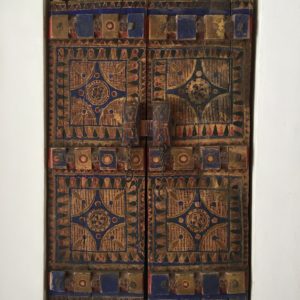
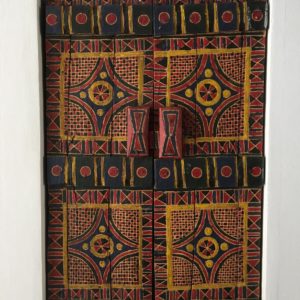
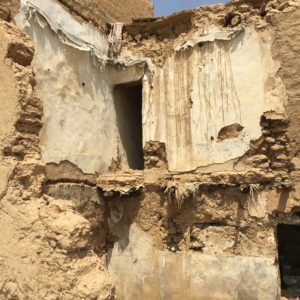
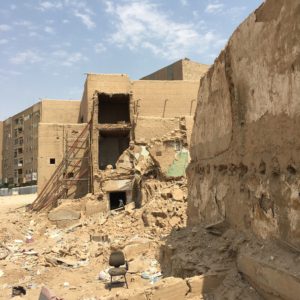
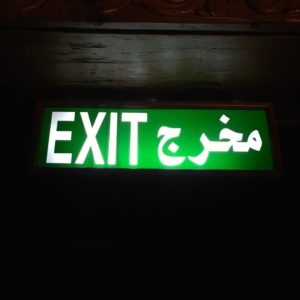
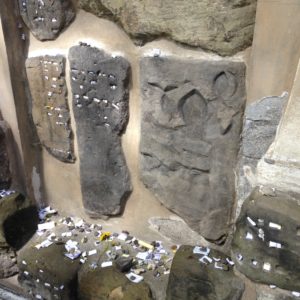
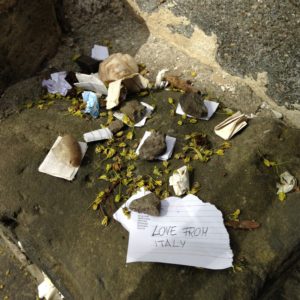
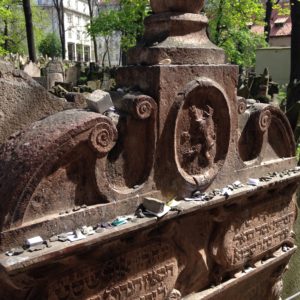
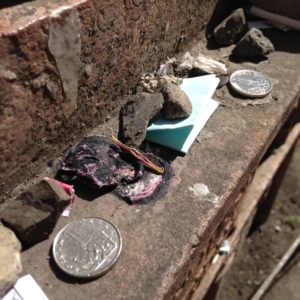
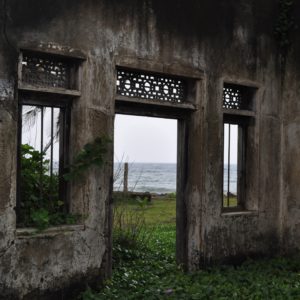
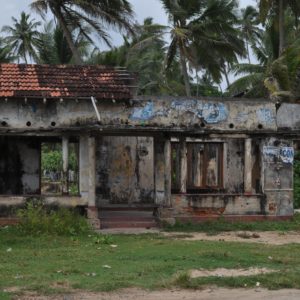
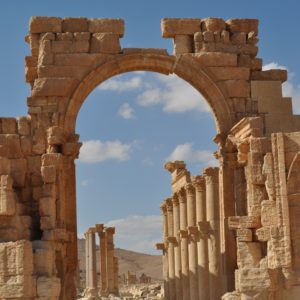
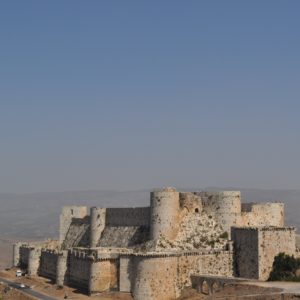
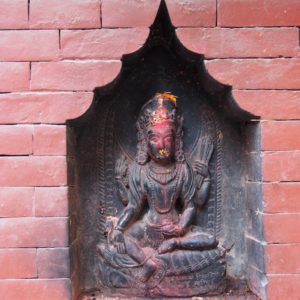
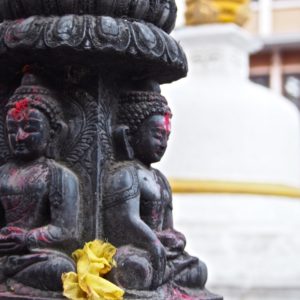
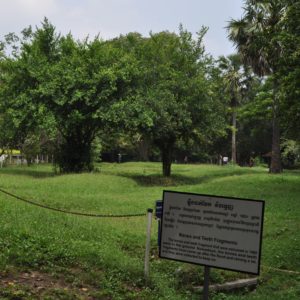
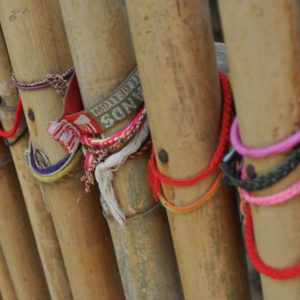
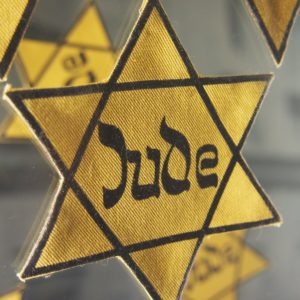
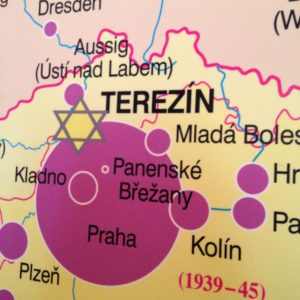
![]](https://kristinewanders.com/wp-content/uploads/2016/07/P4230806-300x300.jpg)

